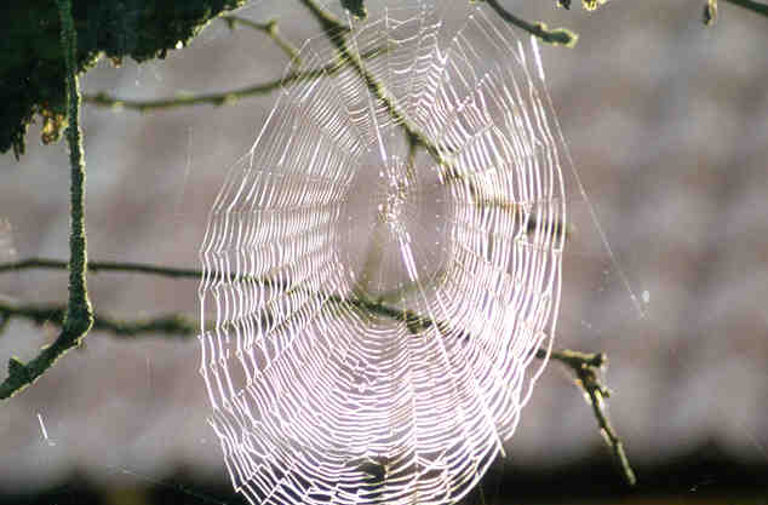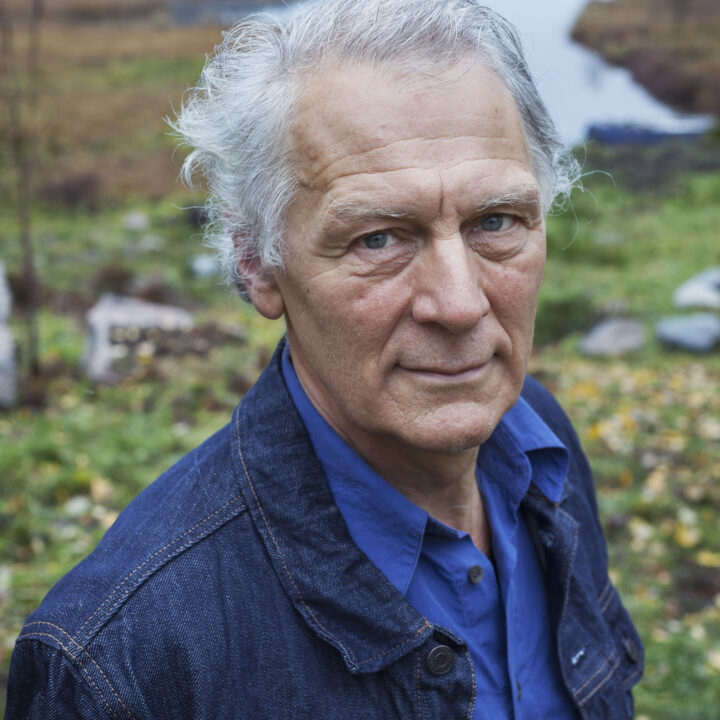I watched David Attenborough’s film A life on our planet the other evening. The first, and largest, part of the movie was very well made. Perhaps not much new, but very well presented and with excellent footage and narrative. Some images are very strong, even brutal, such as a lonely orangutan sitting on a tree trunk in a devastated landscape. I think most viewers got the message: this has to change! And let me underline that this is a film worth watching.
Because the film is so compelling and Attenborough such a sympathetic person, viewers may accept all of its statements and arguments. This would, however, be a mistake in my opinion.
What I missed in the first part was a lack of analysis of the underlying drivers causing the threatening sixth mass extinction. This is also reflected in shortcomings of the much shorter and optimistic second part of the film. The processes and technologies he claims will save the wilderness and human civilization are renewable energy, intensive farming methods, diet transformation, rewilding and reduced population growth.
I totally agree with Attenborough that human population needs to stabilize. And it is true that, as far as we know today, birth rates falls when countries get richer (or vice versa). The problem is that lower population growth in one country is associated with increasing total resource use rather than the opposite. At least in the short term and with current consumption patterns, there is no relief for nature from lower population growth.
His claim that renewable energy will make energy everywhere more affordable (than now) is wishful thinking with no evidence in reality. While we need to stop using fossil fuels, an energy system based on sun, water and wind will not at all be cheaper. That solar panels now deliver cheap electricity at the point of production doesn’t mean that it can power a modern industrial civilization at a very low cost. And cheap energy is the lifeblood of the modern global industrial civilization. What is more: if it were true we would head for an even worse disaster as energy is used to extract, transport and transform stuff; more energy leads to higher pressure on nature rather than lower.
Attenborough claims that we should, once more, become part of nature. I certainly agree, but he fails to draw the conclusion of that when it comes to farming. The main examples he discuss are indoor farming and the very intensive farming in the Netherlands. It is true that the Dutch farming is very productive and that the Netherlands is the number two food exporter in the world, but it is equally one of the biggest importers of food raw materials. To a large extent the Netherlands imports feed and other cheap commodities and turn them into more valuable products for exports, or just re-export them, a pattern with many hundred years of history. The very efficient greenhouse industry is based on fossil fuels for heating as well as for fertilizers. Vertical farms as well as traditional greenhouses are useful for the production of high value luxury crops such as tomatoes or basil, but are largely irrelevant within the context of feeding the world. No wheat, potatoes or oil crops, crops that do “feed the world”, are grown in greenhouses. If you consider their total footprint, i.e. all resources needed for their production, including the energy needed, they normally save neither land nor water.
The section about diet starts off with an analogy of predators; for each large predator in nature there is a need for hundred large animals of prey. A dramatic figure supposedly proving that there is simply not room enough on the planet for so many animals for us to feed upon. Clearly Attenborough has a point, diets matter, and a carnivorous diet requires a lot of resources.
But he also misses the huge difference between a carnivore and omnivores. Humans are omnivores. The human trophic level is not the same as for a tiger or a cheetah. We are more like pigs or anchovies than top predators. The average human get less than 20 percent of her calories from animals and even in high consumption countries the average is more like one third (36 percent in the US). That the analogy of the cheetah is false could the film researchers easily have determined by just checking the number of cattle and pigs eaten by humans. More than 7 billion humans eat 1.5 billion pigs, 1 billion sheep and goats and 300 million cattle annually. A mindboggling figure – but not even a half “large animal of prey” per person.
The statement that we could use only half of the land we currently are using by eating less or no meat, is only true if grasslands are included in the calculations. Little arable land would be saved by a full vegan diet compared to a diet with global average consumption of animal products. Many of the grasslands of the world are not only habitat for domestic animals but are also very important habitat for wild life. In Europe, semi-natural grasslands are hotspots of biodiversity and under severe threat by abandonment according to the latest The state of nature in the European Union report.
In some cases we could or should replace sheep or cattle with wild herbivores which we can hunt. Attenborough recommends that approach for fisheries. By protecting some areas very well we can restore fish stocks and make fisheries sustainable. Sounds reasonable to me and I am all for rewilding as an idea. In reality it is a bit more complicated. You just has to listen to the debate about wolves, moose or wild boars in my neighbourhood to realize that there are many conflicts and trade-offs between wilderness and human nature resource management. Gone are the times when central governments or colonial powers could mass migrate people by force to create nature reserves. Also here, there is tension between managing nature with humans as an active part or trying to exclude humans from the landscape.
The call for a halt to deforestation is equally good – but there are trade-offs and conflicts which the film avoids. England, where David Attenborough lives, was already deforested at the time of the Doomsday book. Even though my own country, Sweden, is covered to two thirds by trees it is functionally deforested from a biodiversity perspective and has almost no primary forest left. Who am I or David Attenborough to demand that people in poor countries should set aside most of their land mass to wilderness when our own countries haven’t done so? The example of Costa Rica’s afforestation is good, but it is also linked to a growth in ecotourism. While ecotourism has some merits in order to create incentives for nature protection, tourism, including eco-tourism, is a very resource demanding and not at all a sustainable sector. In addition, a small fraction of the world’s wilderness has the potential to be saved by tourism revenues.
How we use and live in nature is an integral part of human society and culture and both the analysis of why it is like it is and how we should proceed in the future can’t discuss “nature” as an object separate from our social systems, including the economy. We have built an extractive and expansive economy, which has many inherent drivers to keep running and a strategy for transformation must address all those drivers to really make a difference.
Still, by all means watch the film. I let David Attenborough have the final word:
“We need to rediscover how to be sustainable, to move from being apart from nature to becoming a part of nature.“
Teaser photo credit: Gunnar Rundgren






